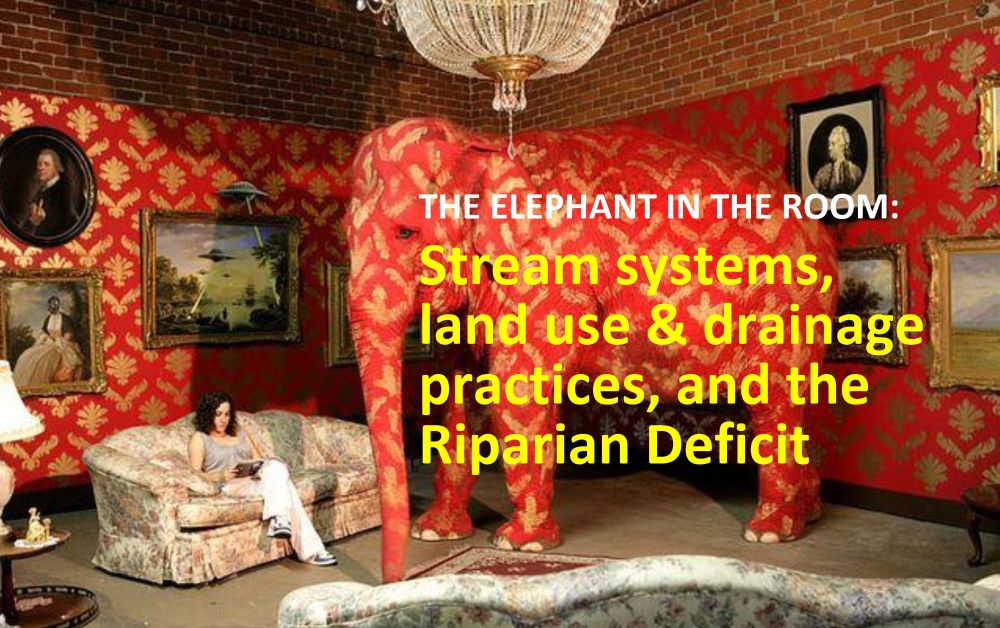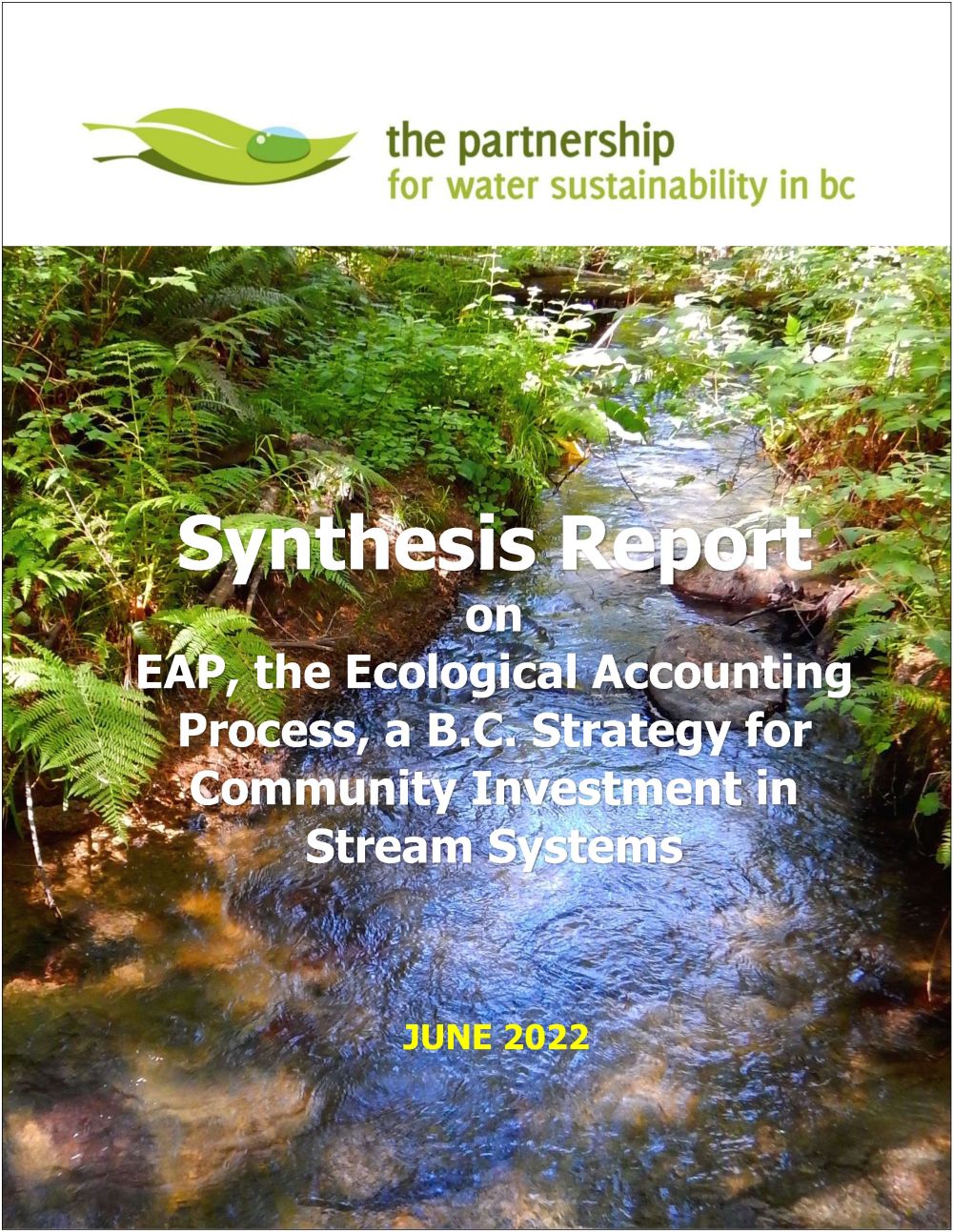ARTICLE: “How much should local governments spend each year to reduce the Riparian Deficit?” (Asset Management BC Newsletter, Summer 2022)
NOTE TO READER:
If we know how to do a much better job of protecting ecological features and stream systems in our communities and on our landscape, then why aren’t we doing a better job? Why are streams still degrading? Why do we still see practices that exacerbate the situation? Why is understanding lacking? How do we change that? In the Summer 2022 issue of the Asset Management BC Newsletter, Kim Stephens and Tim Pringle of the Partnership for Water Sustainability in BC address these questions in their article about EAP, the Ecological Accounting Process.
In June 2022, the Partnership released its Synthesis Report on the Ecological Accounting Process, a BC Strategy for Community Investment in Stream Systems, the 4th in the Beyond the Guidebook Series.

How much should local governments spend each year to reduce the Riparian Deficit?
“In BC, local governments need to include stream systems in strategies, plans and budgets for Asset Management The community uses these natural assets for municipal drainage, habitat, features in parks and enhancement of properties. Maintenance and management (M&M) concerns and issues arise around stream systems,” explains Tim Pringle, EAP Chair.
“A challenge for local governments is, how to move from stopgap fixes to long-term solutions for effective M&M of streams?”
“EAP is a pillar for a pragmatic approach. With its focus on the Drainage Service, the Riparian Deficit is the number local governments need. It is the environmental equivalent of the Infrastructure Funding Gap.”

Now what can we do?
“EAP is a foundation piece for Asset Management for Sustainable Drainage Service Delivery. EAP is outcome oriented – restore and protect stream system integrity.”
“EAP is remarkable in its simplicity and is pragmatic. Start with an understanding of the parcel because that is how communities regulate and plan land use. It is the parcel level where you get the information that you need to change practice to protect natural assets. That is what everyone must get their heads around,” emphasizes Tim Pringle.
TO LEARN MORE:
To read the complete article, download a copy of How much should local governments spend each year to reduce the Riparian Deficit?
After that, download and read the Synthesis Report on the Ecological Accounting Process, a BC Strategy for Community Investment in Stream Systems, the 4th in the Beyond the Guidebook Series published by the Partnership for Water Sustainability in BC.


